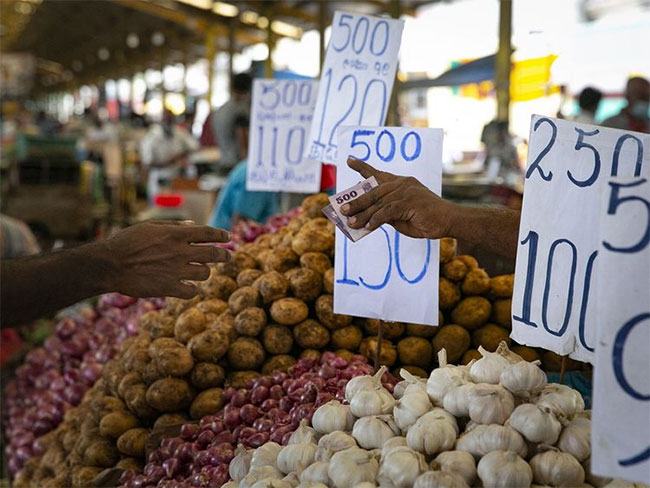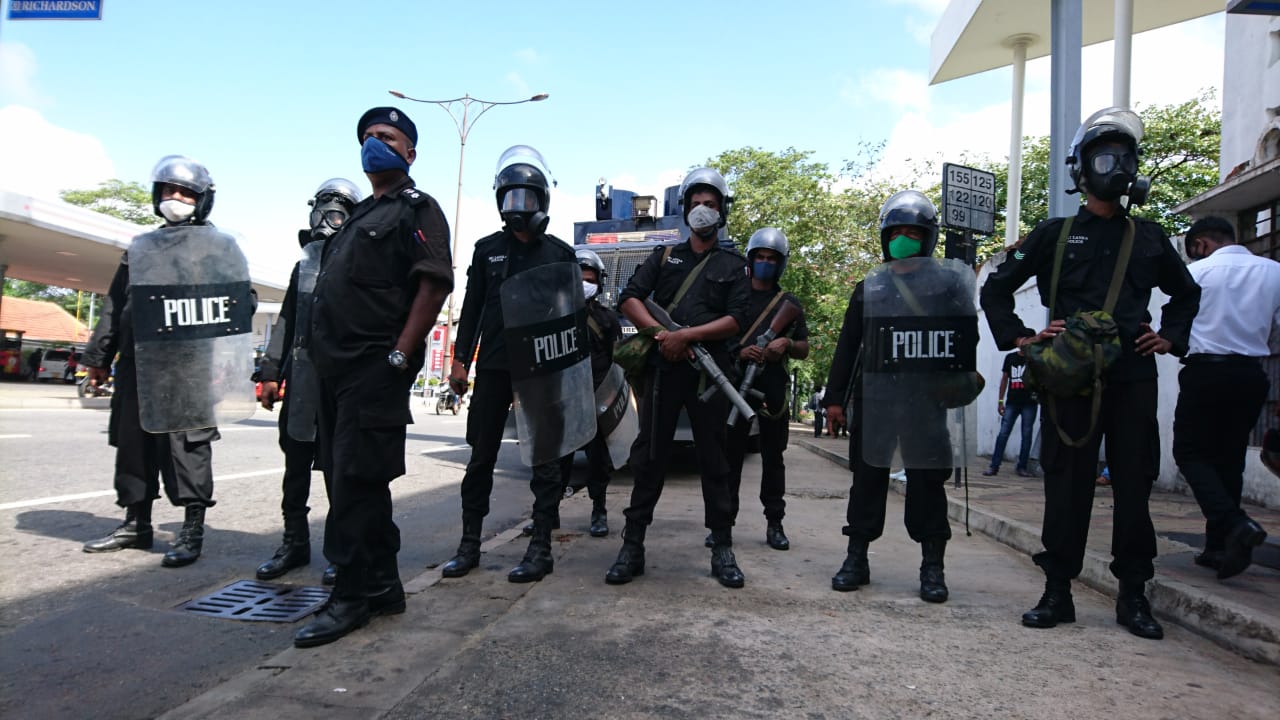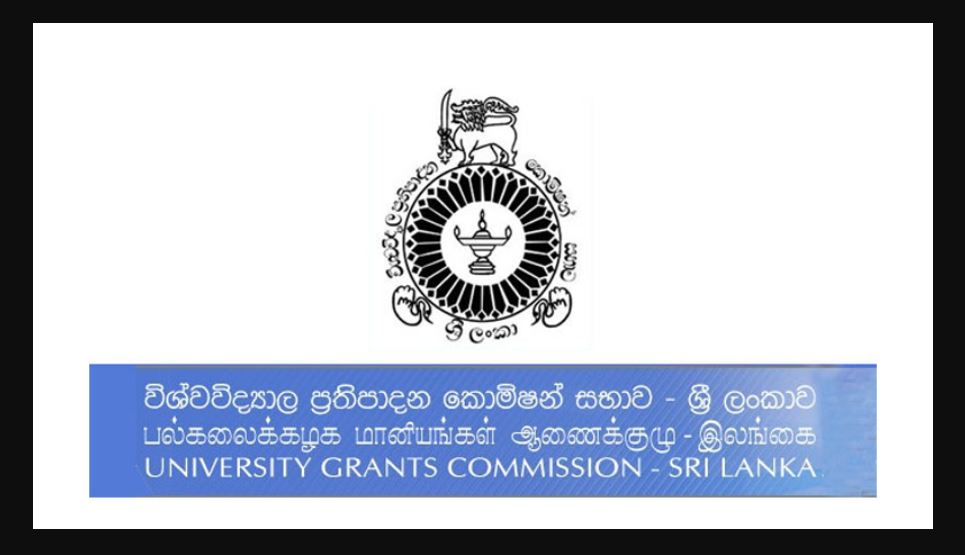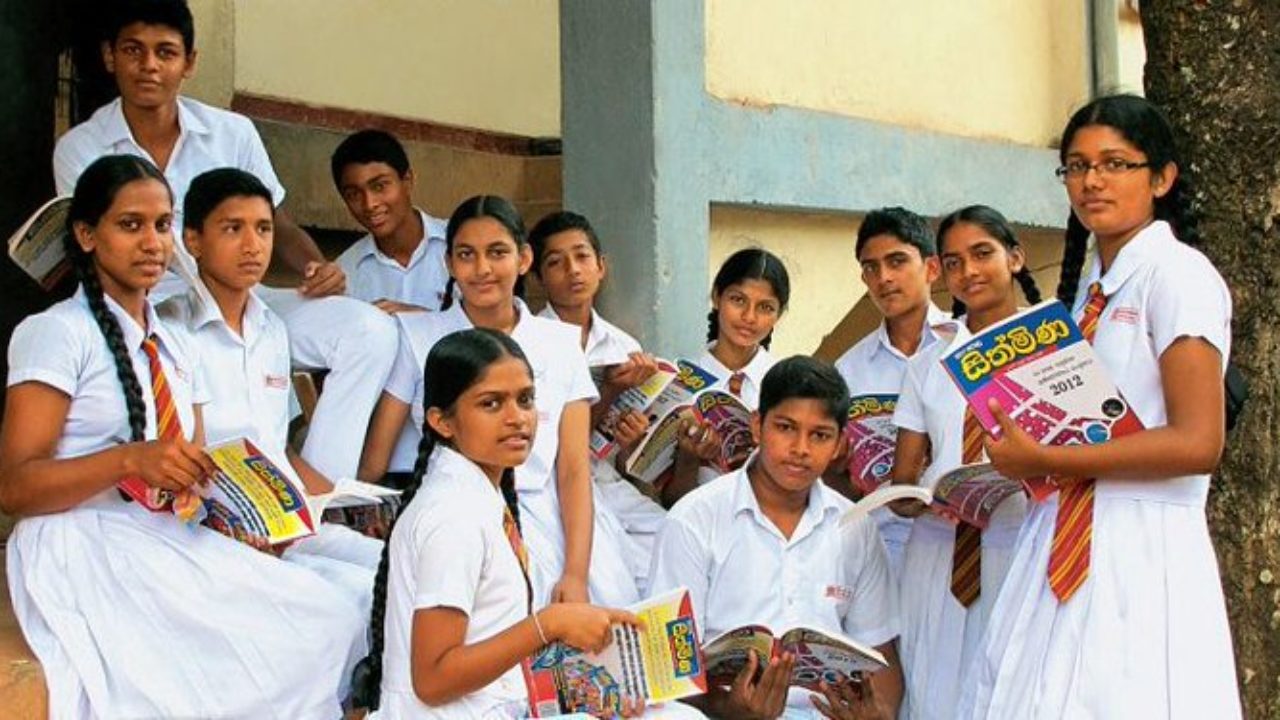Sri Lanka’s inflation rate, which dropped to single digits for the first time in months in July, may still face headwinds from rising water, food and energy prices, analysts say, in a challenge for a crisis-hit country seeking to foster growth.
Inflation has dropped sharply in recent months from the 69% hit last September, partly due to the statistical base effect, but also due to a stronger currency and better harvests.
A severe foreign exchange crunch triggered Sri Lanka’s worst financial crisis in seven decades last year, triggering the inflation surge. But figures released Monday showed its key inflation rate nearly halved to 6.3% from 12% in June.
Economic stability has improved since March after a $2.9 billion rescue package from the International Monetary Fund (IMF).
However, the country needs to focus on reducing losses at state enterprises and to pass on energy prices as per IMF conditions which may boost inflation, analysts warned.
“The high base effect issue will finish off in the next two months and beyond that we might actually see a slight upward push in inflation with the currency depreciation and possibly a bit of food inflation coming into play,” said Dimantha Mathew, head of research at First Capital.
“There could be some volatility in the last quarter and inflation could end the year at the 6%-8% range.”
Sri Lanka’s currency has appreciated about 10% this year but analysts are concerned it could come under pressure from stronger import demand in the last quarter.
A government decision to raise water tariffs by as much as 50%, higher global commodity prices and severe dry weather in some rice growing regions will also pressure prices, several analysts said.
Higher global cooking gas costs could also have an impact, Muditha Peiris, head of the state-run LPG company said on Friday, but ruled out immediate price hikes.
The country’s central bank remains confident in the downward trend. It expects the rate to fall within the 4%-6% target band and even dip below it in the next two months.
“But in the medium term we expect inflation will stabilise within the target range of 4%-6%,” P.K.G. Harischandra, head of research at the central bank told reporters on Thursday.
Following the rapid decline in inflation, Sri Lanka’s central bank cut policy rates by 450 basis points in June and July this year, after raising them a record 1050 basis points from April 2022 to March.
The central bank is expected to continue easing interest rates in the second half, Harischandra said.
Source – Reuters
-Agencies





